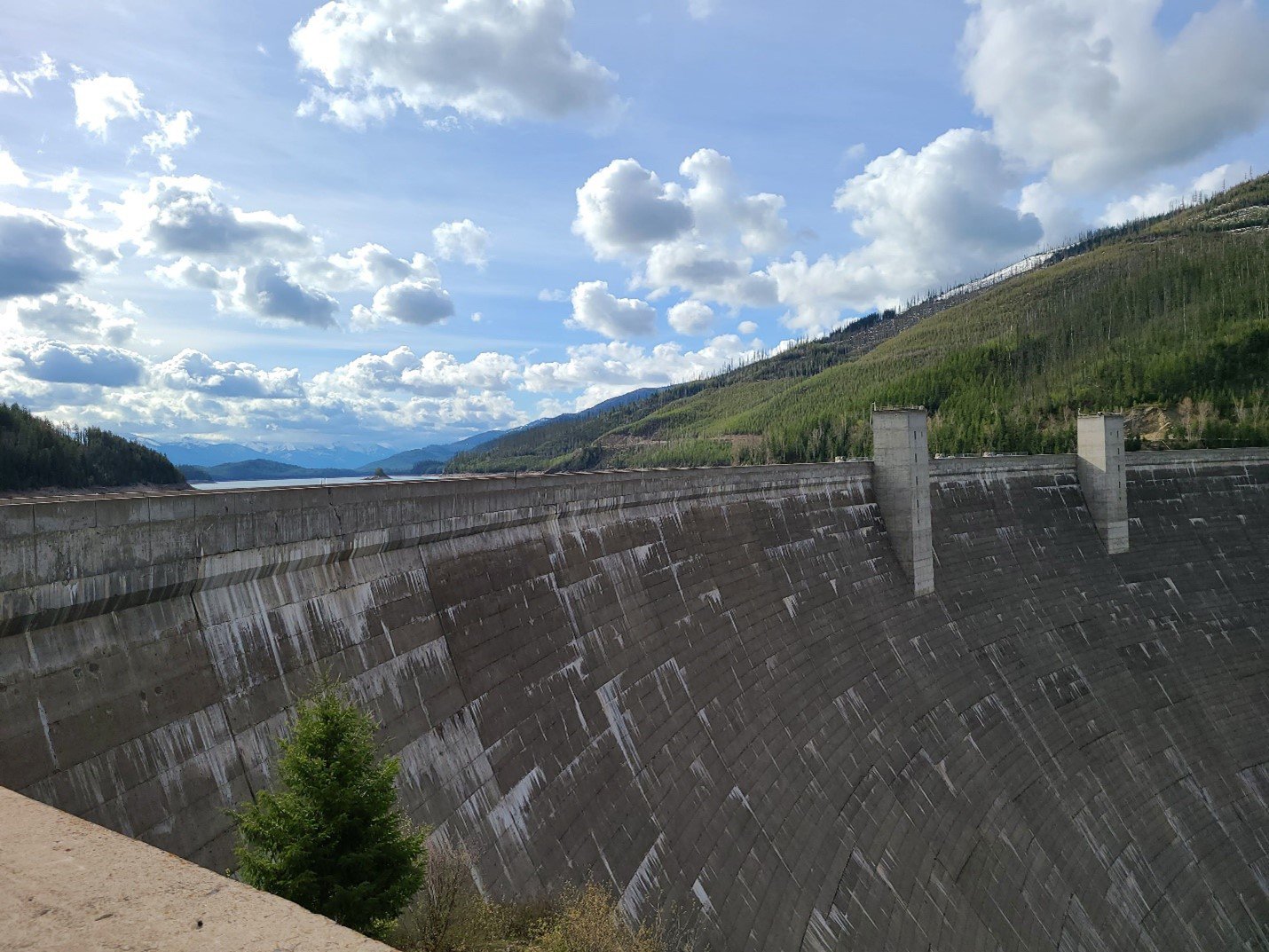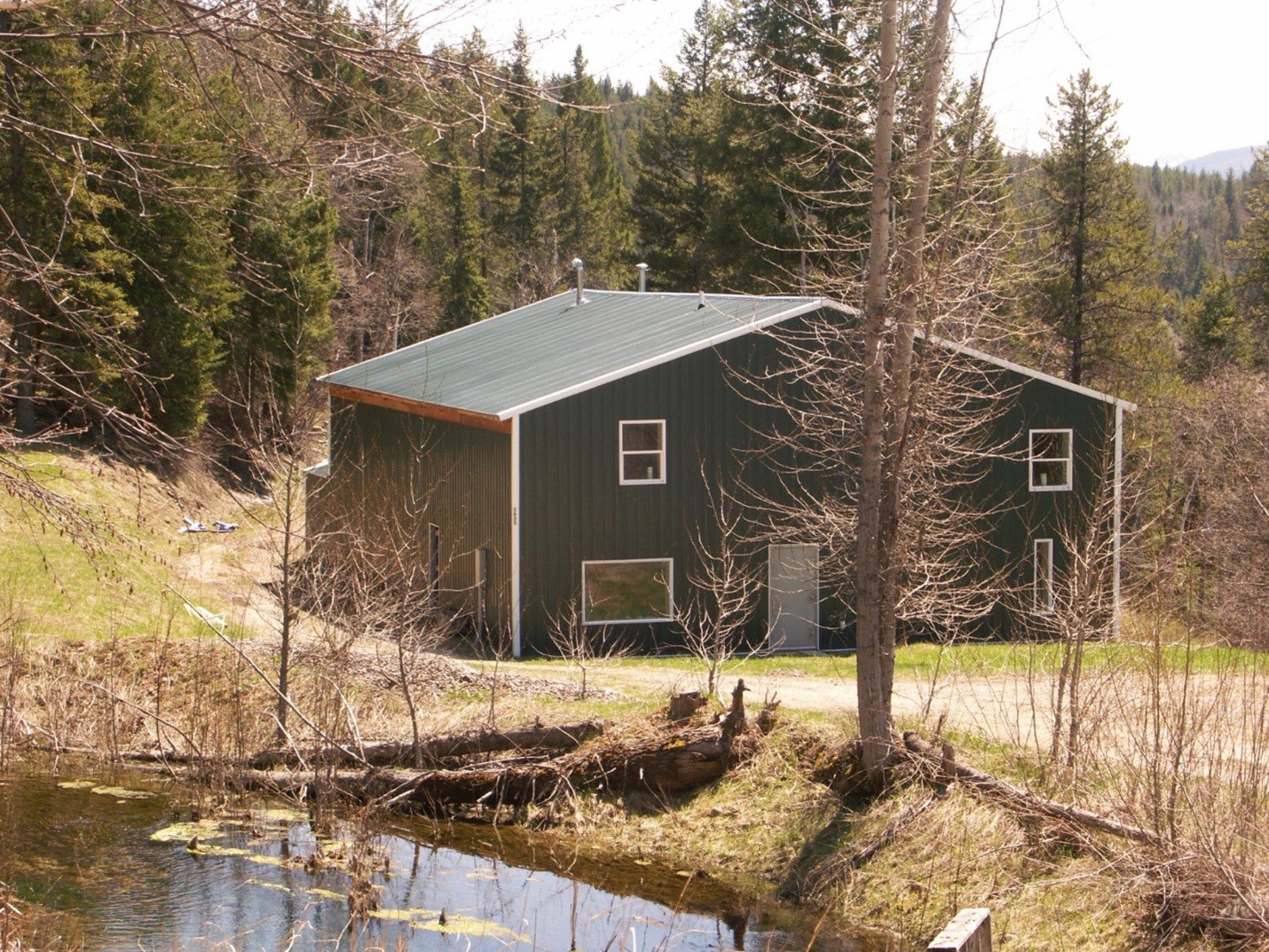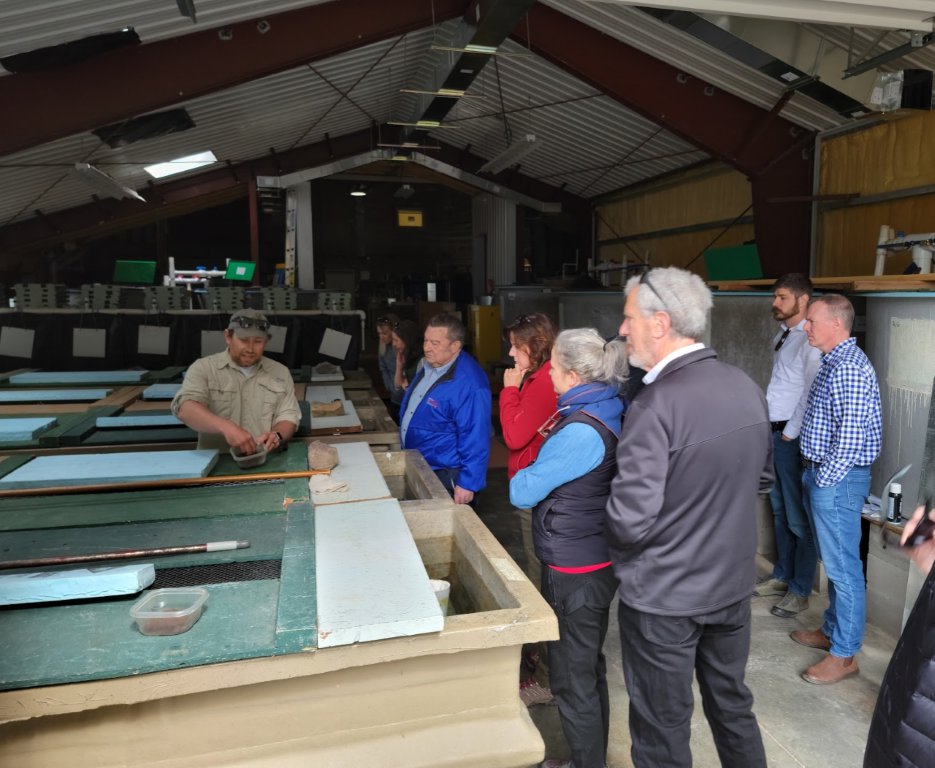Council Members Tour Projects During May 2022 Meeting in Whitefish, Montana
- May 25, 2022
- Carol Winkel
While in Whitefish, Montana for their May meeting, Council members toured Hungry Horse Dam, Flathead Electric Co-op’s biomass project, and Sekokini Springs Hatchery.
Hungry Horse Dam

Located in northwestern Montana, Libby and Hungry Horse dams provide about 40 percent of U.S. water storage in the Columbia River Basin. During the last two decades, operations at these dams have changed to reduce their negative effects on ecosystem function and fish populations in the reservoirs and rivers immediately downstream of these Montana dams.
Prior to these changes, these headwater dam operations significantly altered the natural river hydrography by storing water during spring runoff to manage flooding, and then releasing water, primarily during the fall and winter, to produce electricity.
The Montana Operations allow the flows on the Kootenai River and South Fork of the Flathead, for the first time since dam construction, to better resemble a more natural river hydrograph during spring through fall, a period critical for a healthy aquatic community.
Learn More: Montana Operations at Libby and Hungry Horse Dams
Flathead Electric Co-op’s Biomass Project
Flathead Electric and Flathead County became business partners in 2009, creating what was the first methane gas-to-energy project in the state of Montana. The plant generates enough electricity to serve up to 1,600 households. Making this project possible were Clean Renewable Energy Bonds awarded to Flathead Electric in the amount of $3.5 million. They are planning to bring on a second generator at a lower cost.
Methane is a greenhouse gas that is 21-times more potent than carbon dioxide. To stay in compliance with environmental mandates, landfills are required to prevent methane from escaping into the atmosphere or leaking into groundwater under a landfill. The Flathead landfill utilizes a vacuum system to draw the methane from the waste within the landfill, which was previously burned in a flare system. The biomass process captures and filters the gas to remove liquid and particulates, then burns it in a 20-cylinder engine. The burning methane drives a 1.6 megawatt electric generator connected directly to Flathead Electric’s distribution system.
Sekokini Springs Hatchery

Sekokini Springs Hatchery was a private rainbow trout hatchery built in the 1950s on Forest Service land and operated under a special use permit until the mid-1990s. Montana Fish, Wildlife & Parks bought the 2,400 ft. building and the permit in 1998, with the Forest Service retaining ownership of the land. The hatchery building was renovated in stages over the years to provide office, laboratory, and kitchen space, and increase trout rearing space to 2,800 ft.
The property includes rearing ponds located below the hatchery building and springs which supply gravity-fed water for operations. Currently, Sekokini Springs Hatchery provides purebred westslope cutthroat trout for planting in high mountain lakes in the South Fork Flathead drainage that have been treated to remove hybrid trout populations. It also is used for research, education, and public outreach.

Learn More: Sekokini Springs Hatchery



